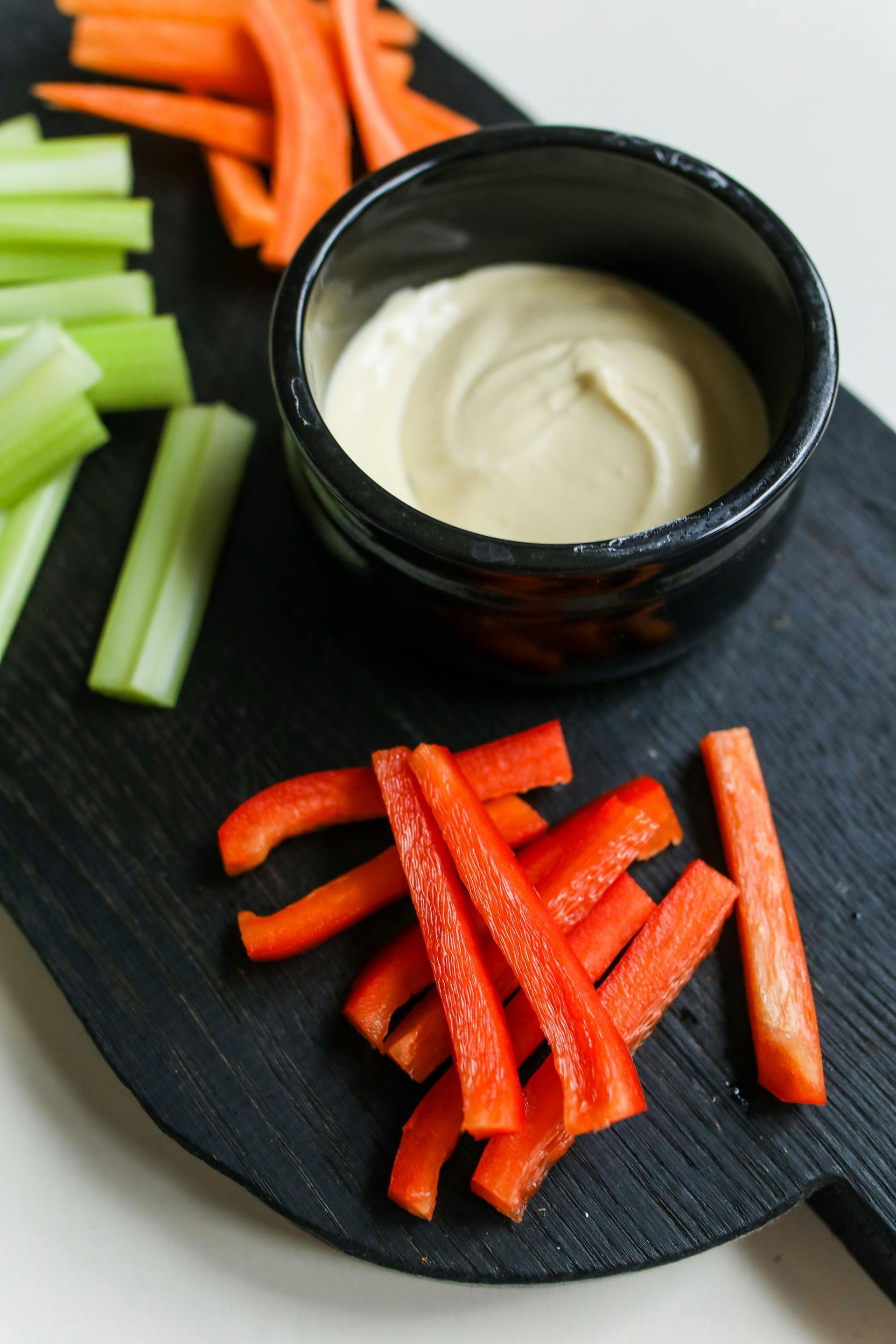Using the "Balanced Plate" to Meet Your Goals
Written By: Mairead, Registered Dietitian
Have you heard of a "Balanced Plate" approach to healthy eating? It's also sometimes referred to as the "Plate Model".
In 2019, it also became part of Canada's Food Guide! The basics of the Balanced Plate are that we make half of our plate vegetables and fruit, a quarter of it protein foods, and a quarter of it high fibre carbs and whole grains. Vegetables and fruit could include fresh, frozen, raw, cooked, canned, salad - you name it! Whole grains and high fibre carbs include brown rice, quinoa, whole grain pasta, whole grain bread, potatoes and sweet potatoes. Yes potatoes are in the vegetable category on Canada's Food Guide but most of us aren't eating them paired with another carb option at meals most of the time. Proteins can include meat, fish, poultry, dairy products, legumes, soy products, nuts, seeds, and eggs.
Setting up our plate this way is great for many reasons:
- Automatically making half of your meal vegetables and fruit gives you built in portion control if this is something you struggle with, without having to measure or track any specific foods.
- Making sure you include all three categories on your plate means you're generally covering your macronutrients (carbs, protein, and fat), without overdoing it in any one area.
- If you struggle to get enough protein, using this method helps keep you accountable to include a source at each meal.
- For those who need to manage blood sugars, this method helps keep carbohydrate portions more consistent.
- The method is adaptable to many different meals and food preferences.
So how do we make this work in real life? Take a look at the meals you eat regularly. The traditional meat-potato-vegetable is an easy example. Your meat, regardless of what it is, is your protein and should take up a quarter of your plate. Your potato is your carb and should take up a quarter of your plate. Your vegetables should take up the remaining half. A tofu or chicken stir fry could easily fit this as well, even if the components weren't separated out to look like the image above. Your chicken or tofu would be your protein, brown rice would be your high fibre carb, and vegetables would round it out. For meals that don't divide perfecly into different sections, eye-balling is usually adequate to get all the benefits of the Balanced Plate.
If your 2024 goals include balanced meals, eating enough vegetables or protein, or increasing your fibre intake, the Balanced Plate is for you! See how your favourite meals fit into this, and how you can tweak them to reach your health goals!
Looking for more personalized nutrition advice? Let's chat! Email mairead@degreefitnessseaforth.com for more info about our Nutrition Programs, or click HERE to book your FREE Bite-Sized Nutrition Chat!



